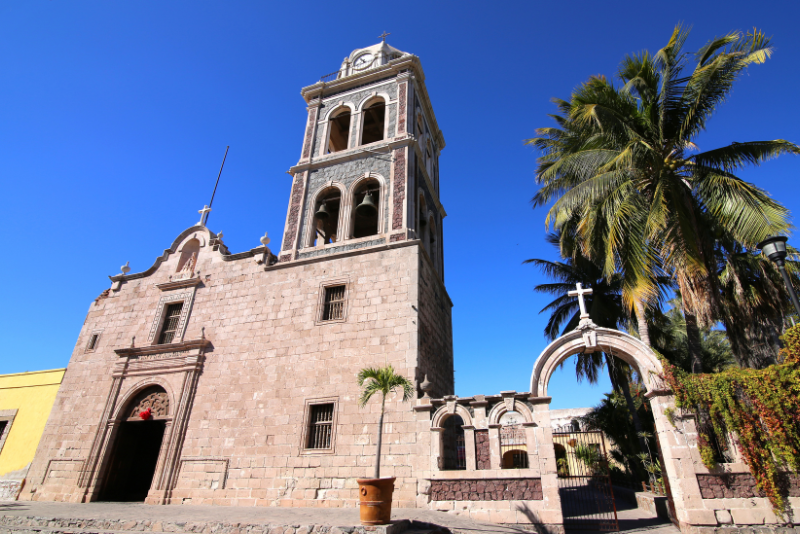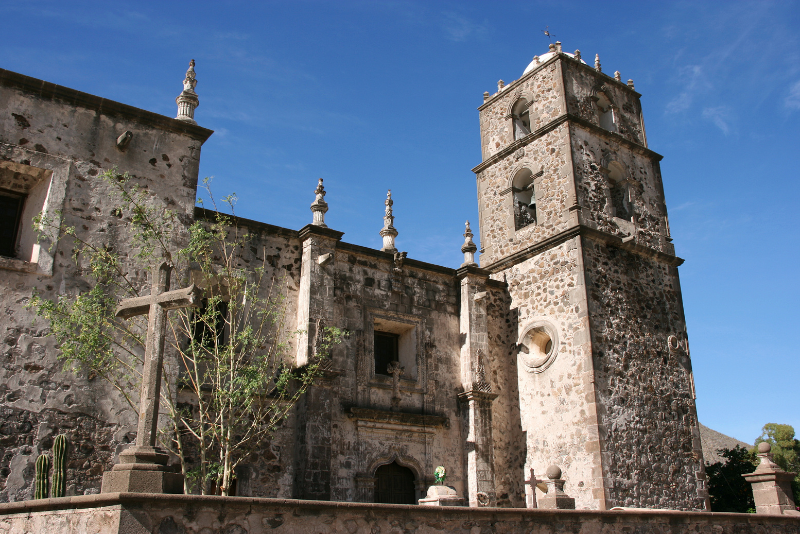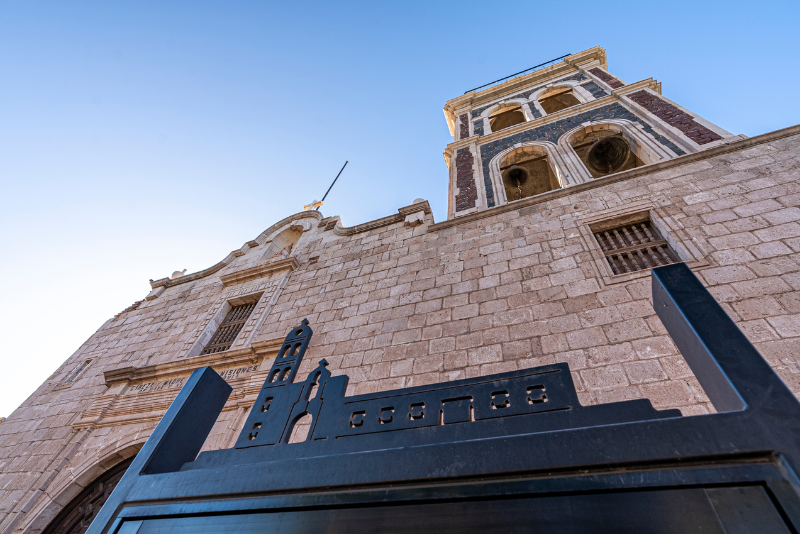Check Availability
CHILDREN (AGES 0 - 12)
0
You need to select a city first
Nestled on the eastern coast of Baja California, Loreto is a treasure trove of history. At its heart lie the historic Loreto and San Javier missions, which offer a captivating glimpse into the region's past. Join us as we explore these iconic landmarks and their enduring significance.
Founded in the late 17th century during Spanish colonization, the Loreto and San Javier missions were more than just religious outposts—they were the backbone of the region's social and cultural fabric. These institutions served as centers for spiritual conversion, education, and cultural exchange between the indigenous population and Spanish settlers. Their influence extended far beyond, shaping the early development of Mexico and leaving a lasting mark on the nation’s history.
The story of Loreto’s mission begins with a pivotal event in 1697: the establishment of Misión de Nuestra Señora de Loreto Conchó by Jesuit missionary Juan María de Salvatierra. This pioneering mission was the first permanent Spanish settlement on the Baja California Peninsula and laid the groundwork for a network of missions that would profoundly shape the region’s history. The founding of this mission marked the start of a transformative era, during which the Jesuits aimed to spread Christianity and integrate indigenous cultures into the Spanish colonial framework. Through this first mission, they established a cultural and religious legacy that influenced the development of Baja California and beyond.

Misión San Francisco Javier de Viggé-Biaundó, founded in 1699 by the Jesuits and located about 38 kilometers (24 miles) southwest of Loreto, is renowned for its well-preserved church and picturesque surroundings. Completed in 1758, the mission church is one of the finest examples of colonial architecture in Baja California, featuring a stunning baroque facade, intricate stonework, and a lush garden. Known as San Javier, this mission remains a place of pilgrimage and historical interest, drawing visitors who seek to experience its timeless beauty and spiritual significance.

The missions' architectural style is a captivating blend of Spanish colonial and indigenous influences. Constructed with locally sourced materials such as stone, wood, and adobe, the missions feature simple yet elegant facades, arched doorways, and bell towers. Inside, visitors can find intricate altarpieces, religious artwork, and wooden beams that showcase the craftsmanship of the time. Each mission’s design reflects both practical needs and artistic expression, making them unique historical landmarks.
The missions in Baja California Sur played a significant role in Mexican history. They were not only religious centers but also hubs of agricultural and economic activity. Missionaries introduced new farming techniques, crops, and livestock, which significantly impacted the local economy and way of life. Additionally, the missions were instrumental in shaping the social landscape, contributing to the formation of the Mexican nation.
Efforts to restore and preserve these historic missions have been ongoing for decades. These initiatives are crucial in maintaining the structural integrity and historical authenticity of the sites. Restoration projects often involve meticulous research, traditional building techniques, and collaboration with historians and conservationists. Preserving these missions ensures that future generations can continue to explore and appreciate this rich cultural heritage.

The Ruta de las Misiones (The Mission Route) in Baja California Sur serves as a profound link to the region's colonial history, featuring 18 mission sites, including the notable Loreto and San Javier missions, with 10 still standing. These historic monuments chronicle the challenging evangelization efforts of Spanish priests during the New Spain era. Initially motivated by the pursuit of wealth, the colonizers encountered fierce indigenous resistance, causing them to abandon their initial conquest plans. This shift led to the establishment of the Jesuit evangelization program in 1697, spearheaded by Father Juan María Salvatierra, who founded the first permanent mission, Nuestra Señora de Loreto. Today, the Ruta de las Misiones program is dedicated to preserving this rich historical heritage and fostering tourism development, drawing visitors from across the globe to explore and appreciate the cultural legacy of Baja California Sur.
Exploring Loreto’s historic missions is more than a journey through time; it’s an opportunity to connect with the roots of a rich and diverse cultural heritage. Whether you are a history enthusiast, an architecture aficionado, or a curious traveler, the missions of Loreto offer a unique and enriching experience.


Subscribe to our newsletter and receive special offers and exclusive Resort news by Email, SMS, or WhatsApp.
Resort Phone: +52 (613) 134 1000
USA/CAN Toll Free Number: 1 800 790 4187
Km. 84, Carretera Transpeninsular, Ensenada Blanca Loreto, 23880 Loreto, Baja California Sur, Mexico
Pegasus: 75285
Copyright © 2021 — All rights reserved